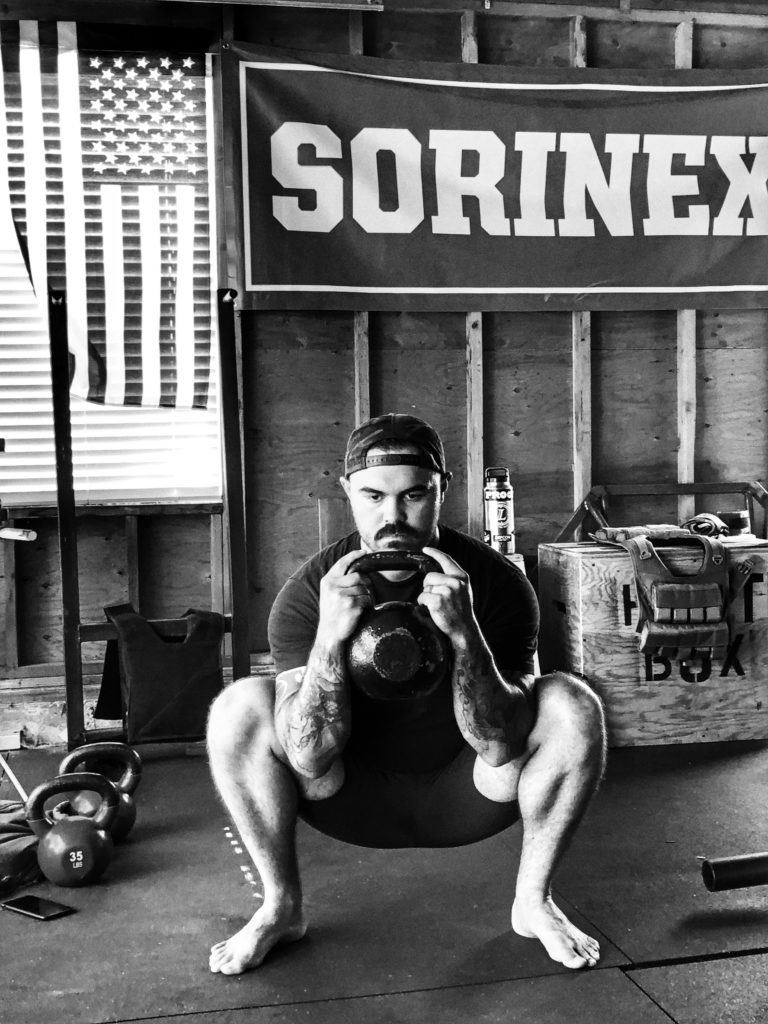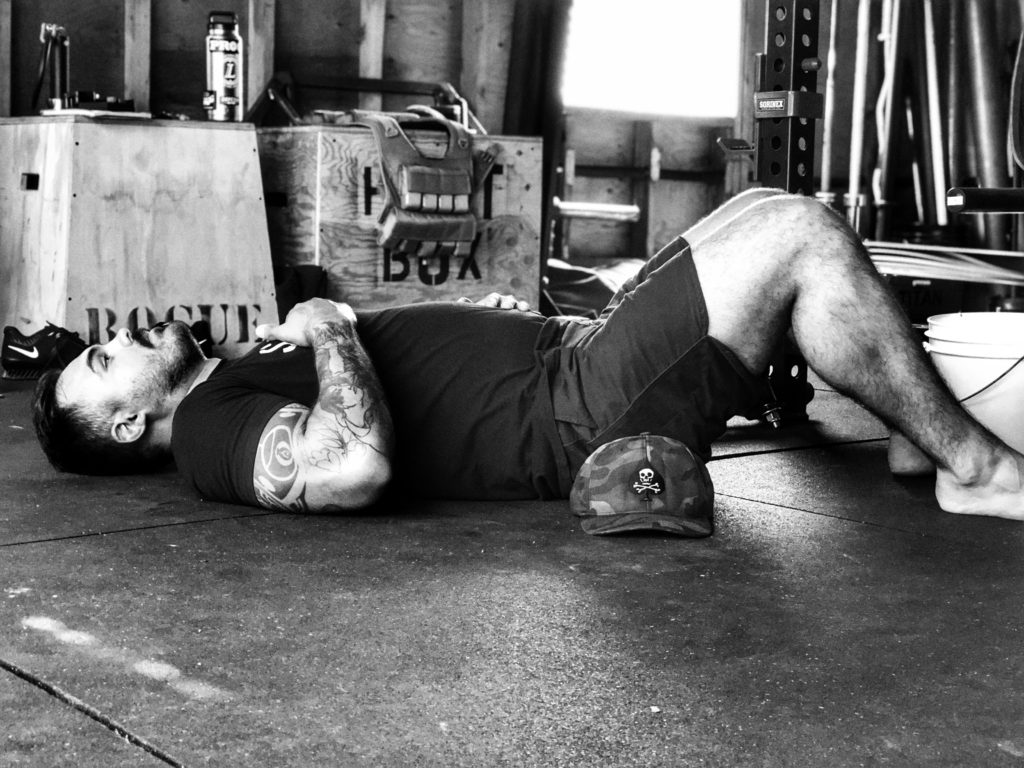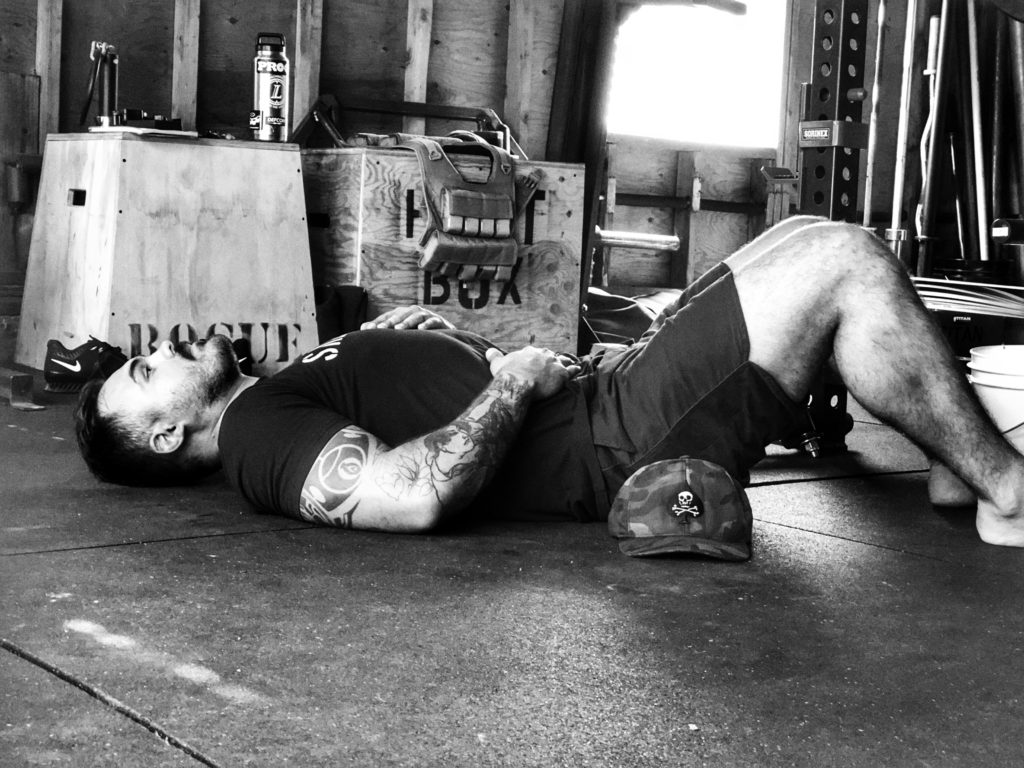Imagine if the key to success in the mountains is your lungs. Simple enough, right? Breath work is an overlooked fundamental skill when it comes to shooting. Unfortunately, “Break the trigger at the natural respiratory pause” is about as in-depth as people go. At 10,000 feet of elevation with a small house on your back, those natural respiratory pauses are about as short as a tinder fling.
Incorporating breath work into your training will increase your ability to recover after intense durations of energy output, and increase your ability to control the physical effect on your body when shooting. In this article, I’m going to illustrate how breath work can make you a better shooter and how simple it is to incorporate into the training you already do.
Take a Breath
Above hunting, breathing is at the top of the list of activities humans have engaged in the longest. After all, we must control our breathing for every activity we do. Our bodies are hardwired to look for threats in our environment and react to those stressors. The inability to recover from stressors dramatically decreases performance. Most people have huge deficiencies in their breathing patterns, so let’s take a breath.
Breathing is such an automated response in our bodies that most people do not pay attention to the duration and quality of their breathing. Have you ever forgot to breathe while you’re awake? Probably! If you actively start paying attention to people breathing you will notice a few things:
- Chest breathing – when a person’s chest rises significantly as they inhale.
- Unconscious hyperventilation – rapid breathing without purpose.
- Short breathing – not fully filling your lungs when at rest or work.
All three of the above deficiencies are very common among modern humans and they have a significant impact on performance. Oxygen is the basis for every process in the body, therefore, a lack of oxygen puts these processes out of balance.
Would you want to go into the hunt of a lifetime with tight airways, an unbalanced nervous system and less muscle energy than you’re capable of? I guarantee that you already have. Luckily for you, that will no longer be an issue.
Don’t Be a Mouth Breather
Unfortunately, mouth breathing is a very common practice. It was always a cliché joke in the military to call the low performers “mouth breathers”. Surprisingly, a lot of people still use it as their main airway. Fortunately, we have noses for a reason and they aren’t just for smelling flowers and food. Your nose was built to process, clean and distribute air to your body. When you breathe through your mouth you take in more air, but it is unfiltered air that can irritate your lungs because it hasn’t been warmed/cooled or moisturized by your nasal passageway. Nasal breathing is very easy to train. Three easy to incorporate techniques are:
- Nasal only breathing when doing cardio. Next time you’re rucking or running, try short bouts of only breathing through your nose. The more you practice this the more your body will adapt, allowing you to increase the duration you nose breathe and the intensity at which you’ll be able to avoid mouth breathing.
- Intentional nasal breathing throughout the day. This the easiest way to practice and readapt your body to its natural way of breathing.
- Apnea training. For maximum benefits, I use an app called Apnea Trainer to set up my workouts:
- Sit up in a natural posture or with your back against the wall.
- Breathe normally through your nose for 2 minutes (think of this as the warm up).
- Begin training – this will consist of periods of inhale, hold, and exhale. A beginner workout would consist of 10 rounds of inhale for 5 seconds, hold for 20 seconds, and then exhale for 10 seconds. After the 10th round, breathe normally for 2 minutes.
Listen to the Yogis
The yoga community is more than granola bowls and dreadlocks. They are masters of breath control as well as maintaining that control while in unnatural positions. This 10,000 year old practice has a lot of hidden gems for hunters and mountain athletes, and one of those gems is breath work. Specifically Pranayama breathing and belly breathing.
Pranayama is the control of Prana (life force) through breath. You do this with intentional cadenced breathing through the nostrils. Much like apnea breathing it will have repetition but we will add one more breath hold at the bottom. It will look like this: Inhale-hold-exhale-hold. You can use the Apnea Trainer app for this as well. A beginner workout would consist of 8 rounds of 6-6-12-6.
Belly breathing, also called diaphragmatic breathing, is when you fully saturate your lungs with oxygen and push your belly out rather than lifting your chest up. Practicing this will help fix short breathing and chest breathing which are mentioned above.
The method of opening the lower portion of the lungs will train them to saturate more oxygen. This type of breathing has been shown to improve recovery form exercise, and improve your glucose levels which ultimately gives you more mental energy and stress recovery. Practicing this technique also strengthens your lungs by forcing them to work more efficiently – what we want to maximize on the mountain.
To train, lay on your back with your knees bent and put one hand on your chest and the other on your belly. Breathe deep though your nose until you feel your belly push against your hands. Practice this until your chest barely moves. Once you master this, practice every day with nostril breathing until it becomes automated. Remember to utilize belly breathing when shooting as well. This technique causes your hips to rise instead of your chest which decreases your breath’s effect on the firearm and your shot placement.
Conclusion
I have learned a lot of different things in the sniper community and the professional training space and none of those taught me the importance of my breathing. Once I learned how to control my breath with the above techniques my shooting and performance behind the rifle increased exponentially. Utilizing breath work as a training tool will pay huge benefits the next time you are in the backcountry, stepping on the range or training for your next adventure.





